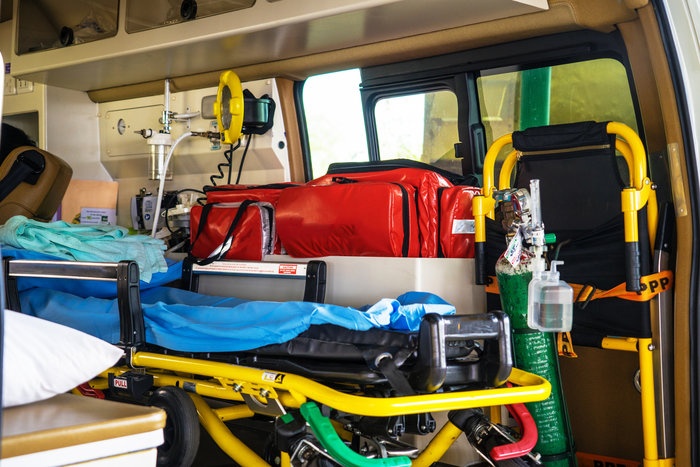
Working in a hospital, you probably rely on in-wall suction for most of your patient care needs. But no system is completely foolproof, and back-up plans are necessary when patients’ lives are in your hands. That’s why you have your emergency aspirator available.
Here are some tips for how and where to store your emergency aspirator so that it is available and ready to go when you need it.
1. Keep it all together.
It’s called an emergency aspirator for a reason….The times that you are going to need it will likely be in the middle of an emergency. So naturally, your crash cart makes a great home base for storing your suction unit. In an urgent situation, you’ll be grabbing that cart, and having everything you need all in one place makes a challenging code a little less stressful.
2. Make a list and check it twice.
All crash carts need to be checked regularly to ensure that they are properly stocked with supplies and that nothing is expired. Most units keep a running log to be initialed and dated showing that each item on the checklist has been completed. Make sure your emergency aspirator is on that list.
Every time your crash cart is checked, you should also assess that your suction unit is plugged in and properly charging. Turn the unit on to see that the appropriate vacuum strength can be reached. Check that the canister and tubing are clean and intact. Look to see that both smaller suction catheters and large diameter catheters are stocked. If your aspirator runs off of alkaline batteries, be sure to keep a supply of fresh batteries along with it.
3. No in-wall suction? No problem!
Do you have areas of the hospital where in-wall suction is not available? If so, you better store some extra suction devices there.
4. Increased patient acuity = Increased emergency aspirators.
Patients with more severe illnesses and injuries will often require more use of medical suction. From a trauma in the ER with massive bleeding to a critically ill baby who is intubated while battling RSV, suction can be life saving. If there was a failure of the in-wall system or an emergency forcing patients to be evacuated, several portable suction machines may be needed. For this reason, consider keeping extra units in areas such as the emergency room, operating rooms, and critical care units.
5. Save yourself some space.
An organized crash cart is key to a well-run code. Unfortunately, the top of the crash cart often gets overcrowded, and you need that valuable space as a work surface. Luckily, there are suction units that come with a built in retention bracket that allows the machine to be mounted to the side of the cart. Storing your emergency aspirator in this manner frees up space to chart and set up your supplies.
You know the importance of maintaining a patient airway. With your emergency aspirator readily available and properly functioning, you can make certain that happens.














